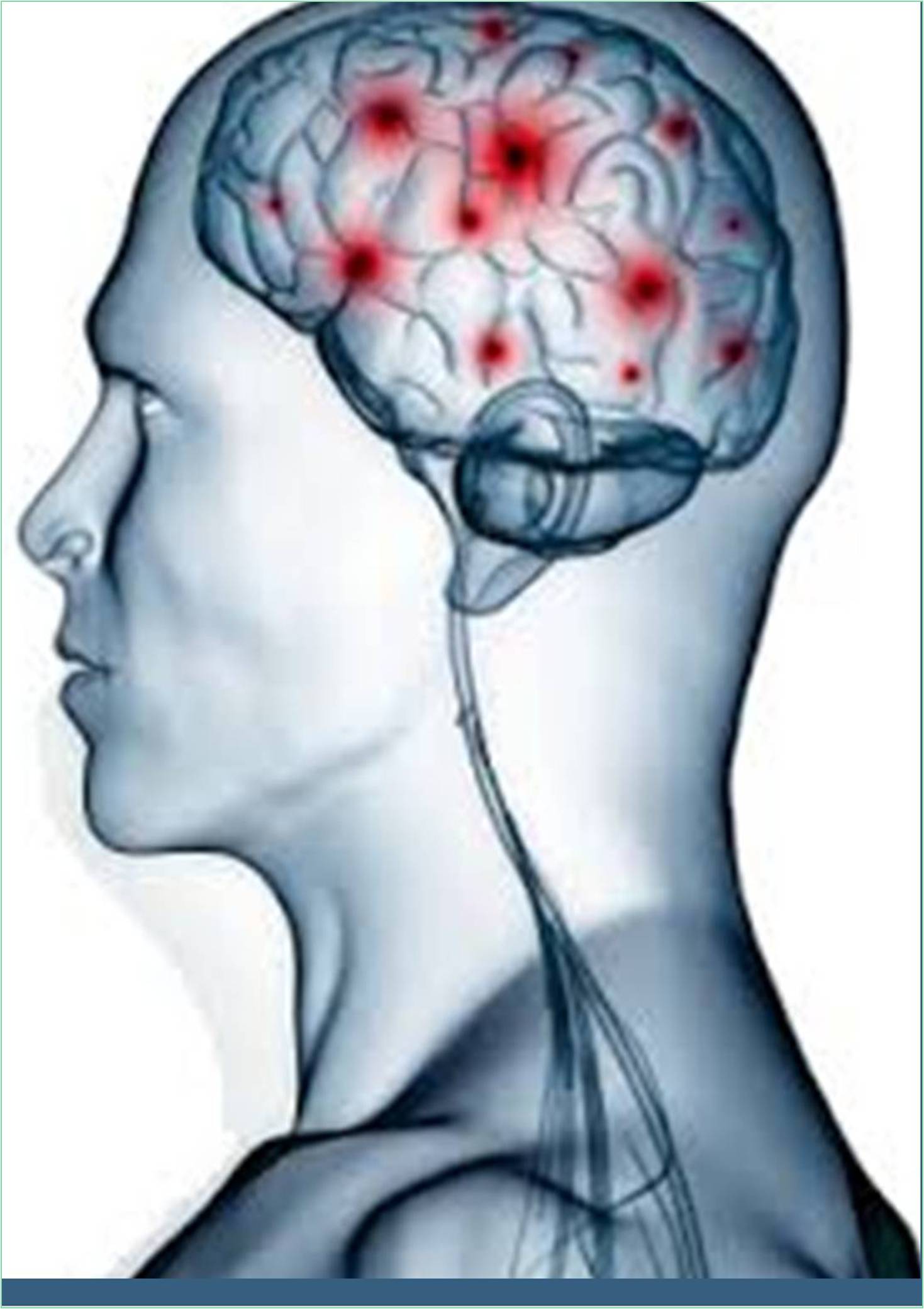



Received: 07-Feb-2022, Manuscript No. GJNN-22- 58839; Editor assigned: 09-Feb-2022, Pre QC No. GJNN-22- 58839 (PQ); Reviewed: 21-Feb-2022, QC No. GJNN-22- 58839; Revised: 24-Feb-2022, Manuscript No. GJNN-22- 58839 (R); Published: 28-Feb-2022
Neurosurgery is a medical specialty that treats diseases and disorders of the nervous system, especially the brain and spinal cord. Neurosurgery has been practiced throughout human history, but the most significant advances in neurosurgery have come only in the last century. These changes make neurosurgery safer and shorten the patient’s recovery time. Over the past few decades, surgeons have learned a lot about how the spine and brain work together. Along with medical researchers, scientists and engineers, physicians have made tremendous strides in surgical procedures. The surgery was very long, invasive and painful. Surgical options for diseases of the nervous system continue to expand in breadth and scope. These advances are related to advances in technology, translational application of molecular biology, and increased awareness of physiological processes related to neurological disease. The current review describes recent neurosurgical advances in the management of brain tumors, movement disorders, degenerative disease and neurologic injury. In addition, we have included a brief discussion about exciting data from recent trials focusing on the brain-machine interface. Global Neuroscientists are dedicated to maintaining the latest advances in improving practice and improving your relaxation. Here is some background on how these techniques developed.
NASA’s space technology has done amazing things for aeronautics (it kept man on the moon), but it has also benefited the medical community, especially when it comes to neuroimaging. The digital signal-processing technology used by NASA to guide their Apollo lunar landings was also used to develop CT scanners, MRI and operating room microscopes.
This advanced body imaging software is a huge neurosurgery breakthrough. The technology is fast, painless, nonvasive, accurate and most importantly lifesaving. This allows doctors to use X-rays to see detailed images of body parts, injuries and internal bleeding. This allows the surgery to be performed through smaller incisions, making it less harmful.
In addition, in the 60s, bone morphogenetic proteins were discovered. These chemicals stimulate the bones to fuse, which leads to bone grafting and fusion thinking. Now a common practice, these techniques connect the two vertebrae using screws, plates and cages as well as bone grafts to help the bones heal together.
The impact and availability of neurosurgery has expanded over these two decades. It’s time to refine the tools and practices. The technology continues to evolve, providing a better understanding of the internal functioning of the body. Surgeons were finally able to see the many complications of the spine. It helped them gain real expertise by reviewing their methods to make them faster and less painful.
Since then, neurologists have developed several important options for treatment. Intraoperative MRI for brain tumors, 3D reconstruction for brain tumor surgery and X-sword radiosurgery for brain injuries are some of the biggest neurosurgery advances to date.
In 2017, much of the neurological progress was driven by technology. According to Lawrence Chin, MD, Chair of the IT Committee of the American Association of Neurosurgical Surgeons, the key areas in which neurosurgery is progressing now are:
Simulation Technology
Simulators are powered by automation. A cause and effect relationship with computer integration allows for the production of instant feedback and score reports. Many criteria such as accuracy and criteria of accuracy are set by predetermined values, which indicate the ideal skill. Variations from these values produce opinion reports. The time to complete, the number of errors made and the need for help can be measured. In addition to focusing on technical skills and cognitive analysis, simulations allow practitioners to improve other features that neurosurgeons develop. These include patient communication, teamwork, judgment and leadership.
Imaging Advances
The advent of high-quality inexpensive video recording devices and the proliferation of video sharing technologies have made neurosurgical content easier to utilize. Stereoscopic three-dimensional (3D) imaging has been revived and allows the viewer to experience better stereoscopic 3D depth perception on still and moving images. These technologies allow the neurosurgery resident to gather large amounts of information in a comprehensive manner that was not previously possible. New imaging technology, also known as plenoptic imaging, allows light-field imaging to allow the user to focus on any part of the image after it has been captured and can prove to be a valuable tool for neurosurgery education.
Functional Neurosurgery Developments
This refers to a chronic neurological disorder that disrupts a person’s daily functioning or abilities. This broad term refers to a number of conditions, including chronic pain and movement disorders: Parkinson’s disease.
Robotics
Robotics is a fast-moving discipline that, along with advances in Artificial Intelligence and machine learning, is transforming the practice of neurosurgery. It is hoped that robotics will eliminate mechanical defects, reduce operating hours and provide the same or more resilient margins with minimal-access surgery. It represents excellent surgical results with minimal complications. Although we can see some positive steps in this direction, there is still a long way to go due to the anatomical complexity of the brain and the spatial limitations inherent in neurosurgical procedures.
The future is bright. Improving laser technology is making non-invasive surgery a real possibility. And simulation technology will soon make it possible for neurosurgeons to rehearse surgeries or complete an actual procedure using both virtual and authentic-reality simulations.